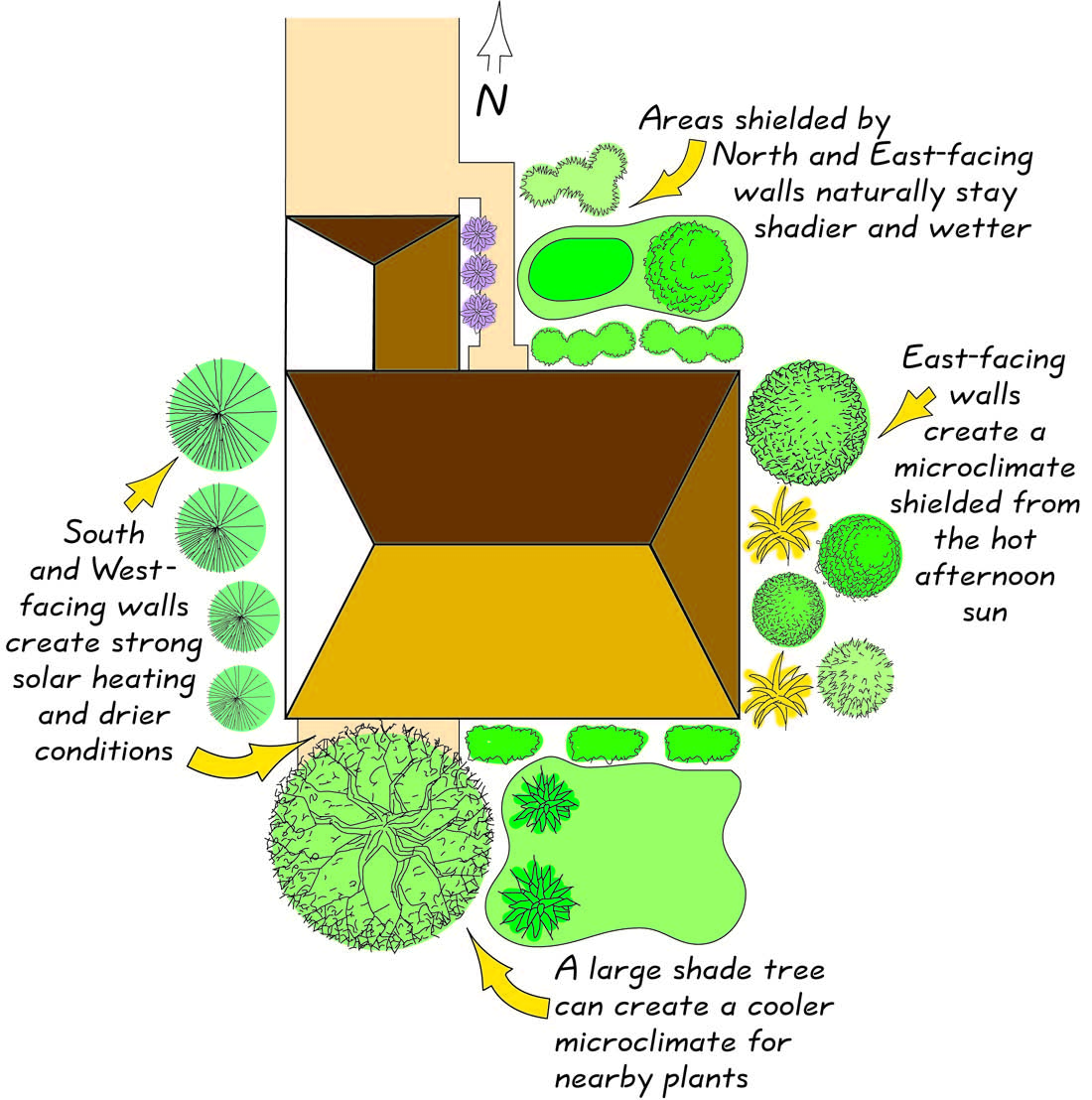The PermaDesign Weblog, with Nate Downey and Melissa McDonald!
Archives from September 2015
Roof-Reliant Landscaping™ Step 4: Irrigate Efficiently

It doesn’t make sense to design a roof-reliant landscape that uses water inefficiently. A well-planned and well-maintained irrigation system significantly reduces a landscape's water use, which is especially important when relying on rainwater harvesting for most or all of its irrigation water. For the most efficient use of water, irrigation zones should be designed so that lowwater- use plants receive only the water they require. Low-volume drip emitters are the most effective mechanism to deliver water to the root zones of most trees, shrubs and perennials.
09/04/2015 | (0) Comments
Roof-Reliant Landscaping™ Step 3: Use Low-Water Plants
Choosing appropriate plants for your local area and for the specific conditions on your property is a key element in creating a roof-reliant landscape. For example, the range of waterwise plant options near Red Bluff Reservoir (elevation just under 3,000 feet) in southern New Mexico is very different from the plant palette for the village of Truchas (elevation just over 8,000 feet) in northern New Mexico. Local plant nurseries, landscape designers and other landscape professionals, horticulturists, native plant societies, local master gardeners and county extension agents can be invaluable resources for information about the types of plants that are appropriate for your landscape.

09/02/2015 | (0) Comments
Jack of All Trades - Compost Tea
From everything from fighting fungal disease and blight to adding nutrients to the soil compost tea is one easiest ways to naturally fortify your garden. To use as a preventative measure:
Ingredients and Supplies:
Large Bucket
Quality Compost (the compost process should be completely finished)
Fine-Screen Strainer
Pump or Backpack Type Sprayer
Fill the bucket with equal amounts of water and compost. Allow the mixture to sit for a week stirring every day to allow the compost to steep. Allow the larger material to settle to the bottom before straining the tea into the sprayer. Care should be taken in the last step to not let any large particles through that might clog the sprayer. Spray young plants once a week or as need to treat blight and fungus.
09/01/2015 | (0) Comments
